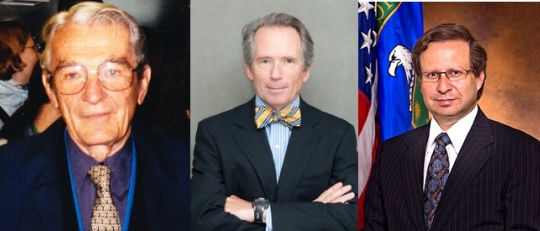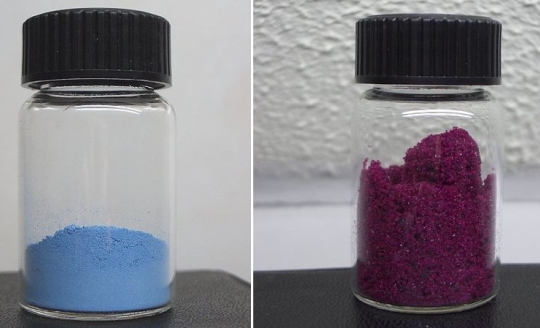
I finished my speaking tour in the Dominican Republic, and it was quite an experience! I gave talks about creation in public schools, private schools, churches, and a university. The people were incredibly warm and inviting, and even though I could not communicate with most of them unless I had an interpreter, our mutual love for the Savior transcended words.
While I still cannot speak or understand Spanish, I did get a bit better at recognizing certain Spanish words. For example, in one church service, I looked up at the screen that contained the words to the next song (in Spanish, of course). The title of the song wasn’t on the screen, and the music had not started playing. Nevertheless, I recognized the song and said, “How Great Thou Art – one of my favorites!” My interpreter turned to me and asked, “How do you know that?” I told him that I recognized enough of the words to realize what the hymn must be. He seemed impressed.
While I was in Santo Domingo, I visited the main campus of Universidad Nacional Evangélica, a Christian university. I met with the president of the university and one of the professors. They indicated that they were committed to making sure their students learned about the scientific evidence for creation and against evolution. They scheduled me to speak to their students the next day, but unfortunately, there was a power outage, so they had to cancel the talk.
I was on a tight schedule, so I had to leave Santo Domingo before they could reschedule my talk. However, the same university has a campus in Santiago, where I was headed. That campus was happy to schedule me to speak, so I ended up getting to speak to students at the Universidad Nacional Evangélica, just not the ones who go to the Santo Domingo campus.
Continue reading “The Dominican Republic Also Shows Bill Nye Was Wrong”







